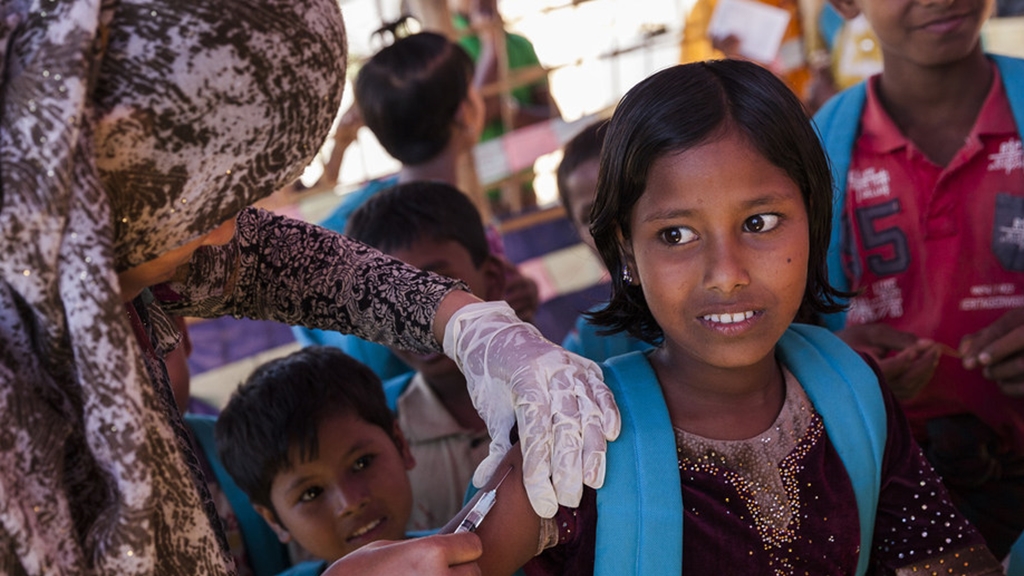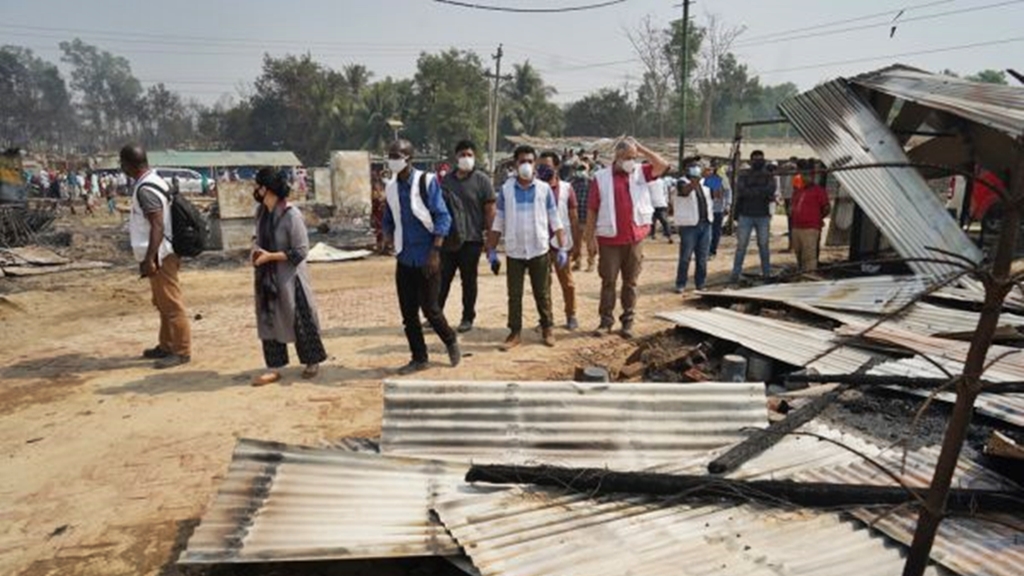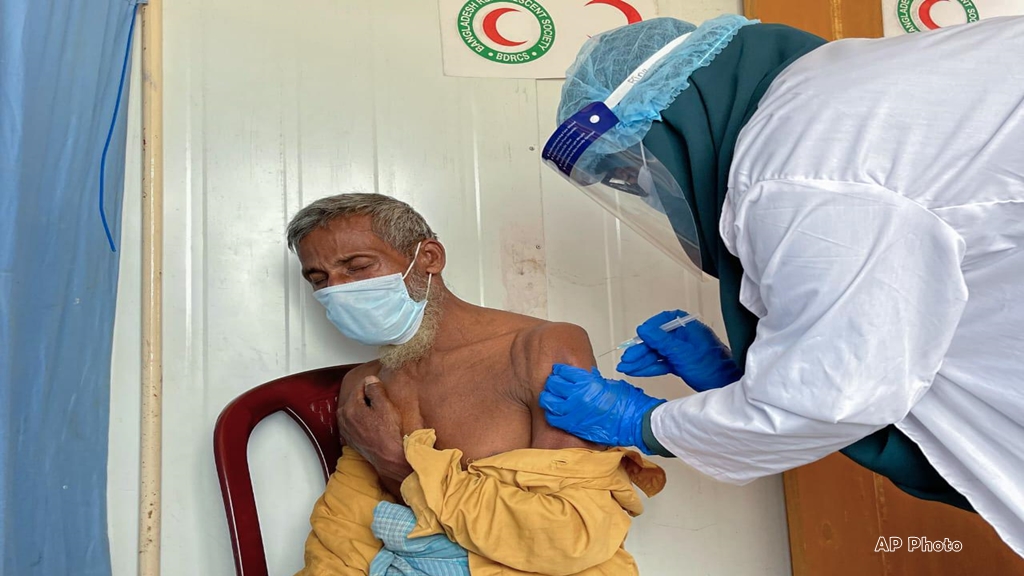
Health risks of Rohingya children in Bangladesh: 2 years on
- 19/10/2019
- 0
By Ahmed Hossain, Shakil Ahmed, Mohammad Shahjalal, Gias U Ahsan, The Lancet
The Rohingya crisis is a concern for Bangladesh, currently hosting more than 1·1 million Rohingya people who have been subjected to genocide, ethnic cleansing, and systematic discrimination for years in Rakhine, Myanmar.
Children make up 55% of the population, and there is little doubt about the magnitude of their health problems.

Despite poor health infrastructure, sensible and systematic efforts by national and international organisations to improve the health of children are making a difference. Between late 2017 and December, 2018, the prevalence of global acute malnutrition in the Rohingya community dropped to 12% from 19%, immunisation coverage increased from less than 3% to 89%, and the proportion of women delivering in health facilities increased from 22% to 40%.
However, the prevalence of anaemia in children aged 6–23 months was more than 50%, and stunting among children aged 0–59 months is a serious concern.
The proportion of children in the Rohingya community at pre-primary and primary school level without access to education is approximately 50%, and only 3% of Rohingya adolescents have access to quality education and life-skills training opportunities.
Many of the children have mental health problems. According to one report,
52% of Rohingya children have emotional disorders. Traditionally, adolescent girls do not venture out of their homes after reaching puberty and they face violence and human rights abuse, including child marriage.
The future is uncertain for Rohingya children, and thus they are in danger of long-term psychological and social distress.
The UN High Commissioner for Refugees population factsheet
indicated that as of July 31, 2019, nearly 16% of Rohingya parents raising children are single mothers, and 1% are single fathers. Moreover, 1% of Rohingya child refugees are orphans, and they are the most vulnerable members of the Rohingya community.
Rohingya women do not normally seek sexual and reproductive health services and, as a result, many births occur without the assistance of health facilities. Therefore, there is a need for essential reproductive services, along with maternal, child, and newborn health services.
Poor access to health services, a shortage of food, and inadequate shelter are the contemporary challenges, and Rohingya children are suffering the most from these problems. Much more must be done to improve the health of these children before the consequences of living as refugees get worse. Recently, the refugees have refused to return to Rakhine state, demanding guarantees for their safety and citizenship.
The future of Rohingya children remains in peril if they stay longer in Bangladesh, and this generation will be condemned to a life in limbo.
1. UN High Commissioner for Refugees
https://data2.unhcr.org/en/documents/download/70585
2. Action Against Hunger
3. Relief Web
https://reliefweb.int/disaster/ep-2017-000177-bgd
4. WHO
5. WHO
6. OCHA
The United Nations Office for the Coordination of Humanitarian Affairs, Geneva2019
7. Khan NZ , Shilpi AB, Sultana R, et al.
Child Care Health Dev. 2019; 45: 28-35
8. Tay AK, Islam R, Riley A, et al.
United Nations High Commissioner for Refugees, Geneva2018
9. BBC News
